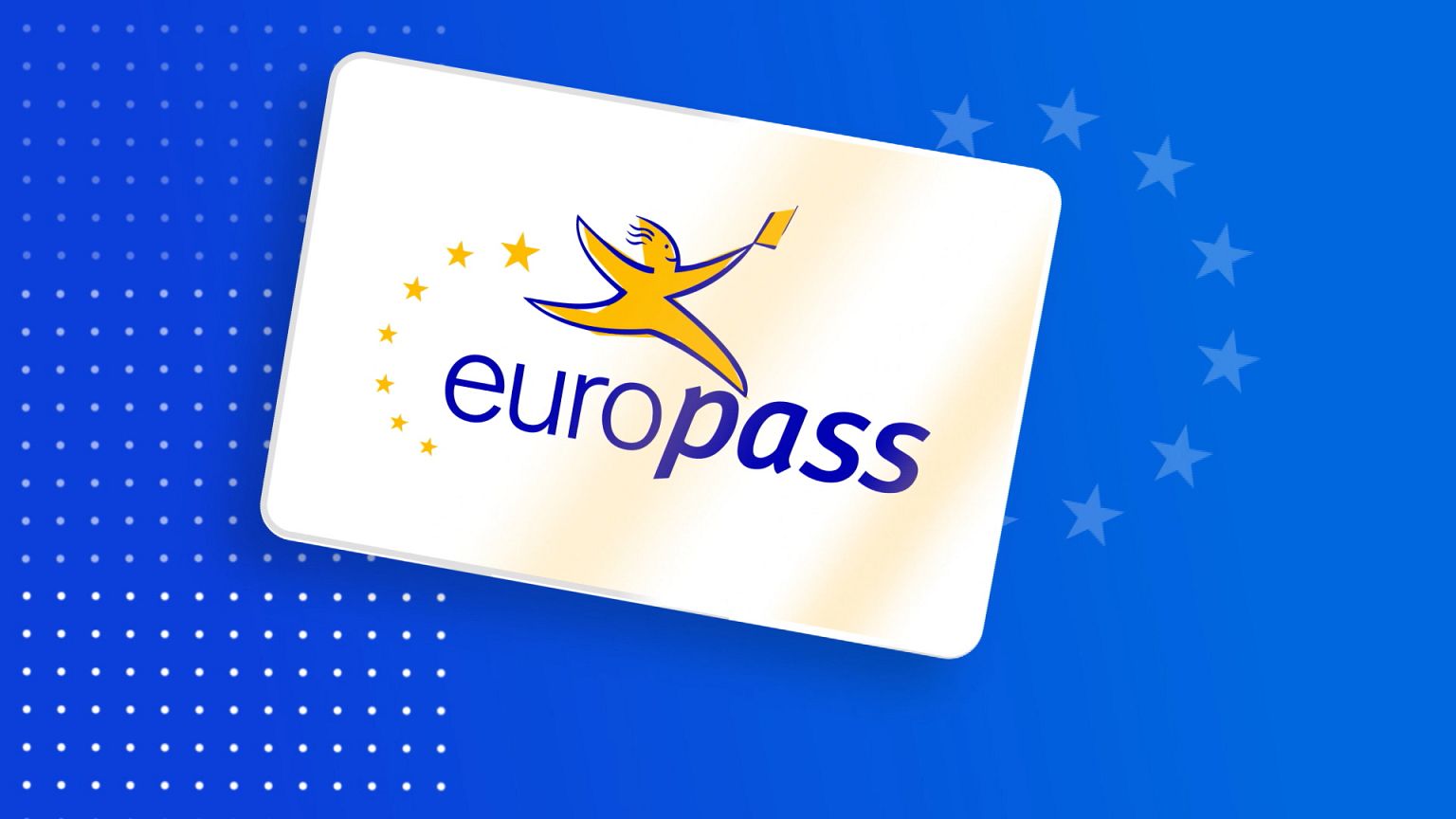
Applying for scholarships—especially in Europe—often requires a polished and professional Curriculum Vitae (CV). One of the most commonly accepted formats for scholarship applications across Europe is the Europass CV. Whether you’re applying for a DAAD scholarship, a university program in the Netherlands, or an internship in Belgium, the Europass CV is a trusted and standardized way to present your qualifications.
In this in-depth guide, we’ll explain what the Europass CV is, how to create one that stands out, what to include and what to avoid, and how to tailor your CV specifically for scholarship applications. We’ll also provide formatting tips, layout tricks, and writing strategies to help you win that fully funded opportunity in Europe.
What Is the Europass CV?
The Europass CV is a standardized resume format designed by the European Union to make your skills and qualifications clearly and easily understood across Europe. It is part of the larger Europass Portfolio, which includes other tools such as the Europass Language Passport, Cover Letter, and Diploma Supplement.
The main goal of the Europass CV is transparency and consistency. It allows students, professionals, and job seekers from different countries to present their credentials in a unified way that universities, employers, and scholarship committees can easily interpret.
Why Use the Europass CV for Scholarship Applications?
Scholarship programs—especially those funded by the EU or based in Europe—often request or strongly recommend submitting your CV in the Europass format. Here’s why:
- Universally Accepted Across Europe
- Easy to Fill and Customize
- Compatible with EU-funded Scholarships (like DAAD, Erasmus+, EPOS, and more)
- Clean, Professional, and Standardized Look
Using the Europass CV can actually improve your chances of being shortlisted because it shows that you’re familiar with European academic and professional standards.
How to Create a Europass CV (Step-by-Step)
Creating a Europass CV is straightforward. You can either fill out the template manually or use the online Europass CV editor. Here’s how:
Step 1: Visit the Official Website
Go to the official Europass portal: europa.eu/europass
Click on “Create a CV” and choose your language.
Step 2: Choose a Template
Europass allows some degree of customization. Select a modern template but keep it simple and professional.
Step 3: Fill in Your Details
The CV will prompt you to enter the following sections:
Personal Information
- Full name
- Email address (use a professional one)
- Phone number (include international code)
- Country and city
- LinkedIn or portfolio (optional)
Job or Academic Application Title
Write the exact scholarship or program title you’re applying for.
Work Experience
Even if you’re a student, include internships, part-time jobs, or volunteering roles relevant to your field. Mention:
- Position held
- Employer or organization name
- Location
- Dates of employment
- Key responsibilities and achievements
Education and Training
Start from the most recent and work backwards. Include:
- Degree title
- Institution name
- Location
- Dates
- Courses or projects relevant to the scholarship
Skills
Separate them into:
- Communication skills (e.g., public speaking, negotiation)
- Organizational/managerial skills (e.g., project management, leadership)
- Job-related skills (e.g., coding, lab work, report writing)
- Digital skills (e.g., MS Office, Python, SPSS, Canva)
Language Skills
Use the CEFR levels (A1 to C2) and list your mother tongue plus other languages you speak.
Additional Information
Include:
- Publications
- Certifications (Coursera, Udemy, etc.)
- Scholarships or grants received previously
- Conferences, workshops, or exchange programs
Tips to Make Your Europass CV Stand Out for Scholarships
1. Tailor Your CV to the Scholarship
Don’t just copy and paste a generic CV. Modify it for each application. Highlight experiences and skills relevant to the scholarship field (e.g., development work for DAAD, environmental work for EIT Climate-KIC).
2. Focus on Achievements, Not Just Responsibilities
Instead of saying “helped organize events,” say “led a 3-person team to organize a university-wide seminar with 300+ attendees.” Use action verbs and measurable outcomes.
3. Use Keywords from the Scholarship Description
Read the scholarship’s eligibility and selection criteria carefully. Use similar terms and skills in your CV to improve relevance and help the selection committee see your alignment with their goals.
4. Keep It Short and Precise
Ideally, a Europass CV should be 1–2 pages long. Use bullet points, avoid long paragraphs, and remove irrelevant experiences.
5. Maintain a Clean Layout
Avoid adding unnecessary graphics or colors. Stick to black and white. Make sure fonts are consistent, headers are clear, and sections are properly spaced.
Common Mistakes to Avoid
❌ Including Irrelevant Experience
Focus only on experiences that showcase your suitability for the scholarship. High school clubs or unrelated part-time jobs may be skipped.
❌ Listing Too Many Skills Without Proof
If you list skills like “critical thinking” or “leadership,” back them up with actual experiences.
❌ Spelling or Grammar Mistakes
Run a grammar check or have someone review your CV before submitting.
❌ Outdated or Unprofessional Email Address
Use a simple email format: firstname.lastname@email.com.
❌ Too Much Personal Info
You don’t need to include your full address, marital status, or a photo unless specifically requested.
Europass CV vs. Traditional CV
| Feature | Europass CV | Traditional CV |
|---|---|---|
| Format | Standardized by EU | Freestyle, varies by country |
| Length | Usually 1–2 pages | Can be longer |
| Visuals | Minimal and clean | Customizable |
| Preferred in | Europe | Worldwide |
| Application | Academic/Scholarship focused | Academic, corporate, creative, etc. |
If you’re applying to multiple European opportunities, the Europass CV is highly recommended. For non-European scholarships, use the traditional format if specified.
Europass Tools to Pair with Your CV
Besides the CV, Europass offers these tools:
- Europass Cover Letter Generator: Helps write a matching cover letter.
- Language Passport: A document to self-assess your language skills.
- Digital Credentials: Upload certificates and diplomas to share with institutions securely.
- Skills Profile: A complete digital portfolio you can update regularly.
Final Review Checklist Before Submission
✅ Customized to the scholarship and field of study
✅ Contains updated contact and academic details
✅ Highlights achievements using action verbs
✅ Includes relevant language and digital skills
✅ Free from spelling or formatting errors
✅ Exported as a PDF and named appropriately (e.g., “Firstname_Lastname_EuropassCV.pdf”)




